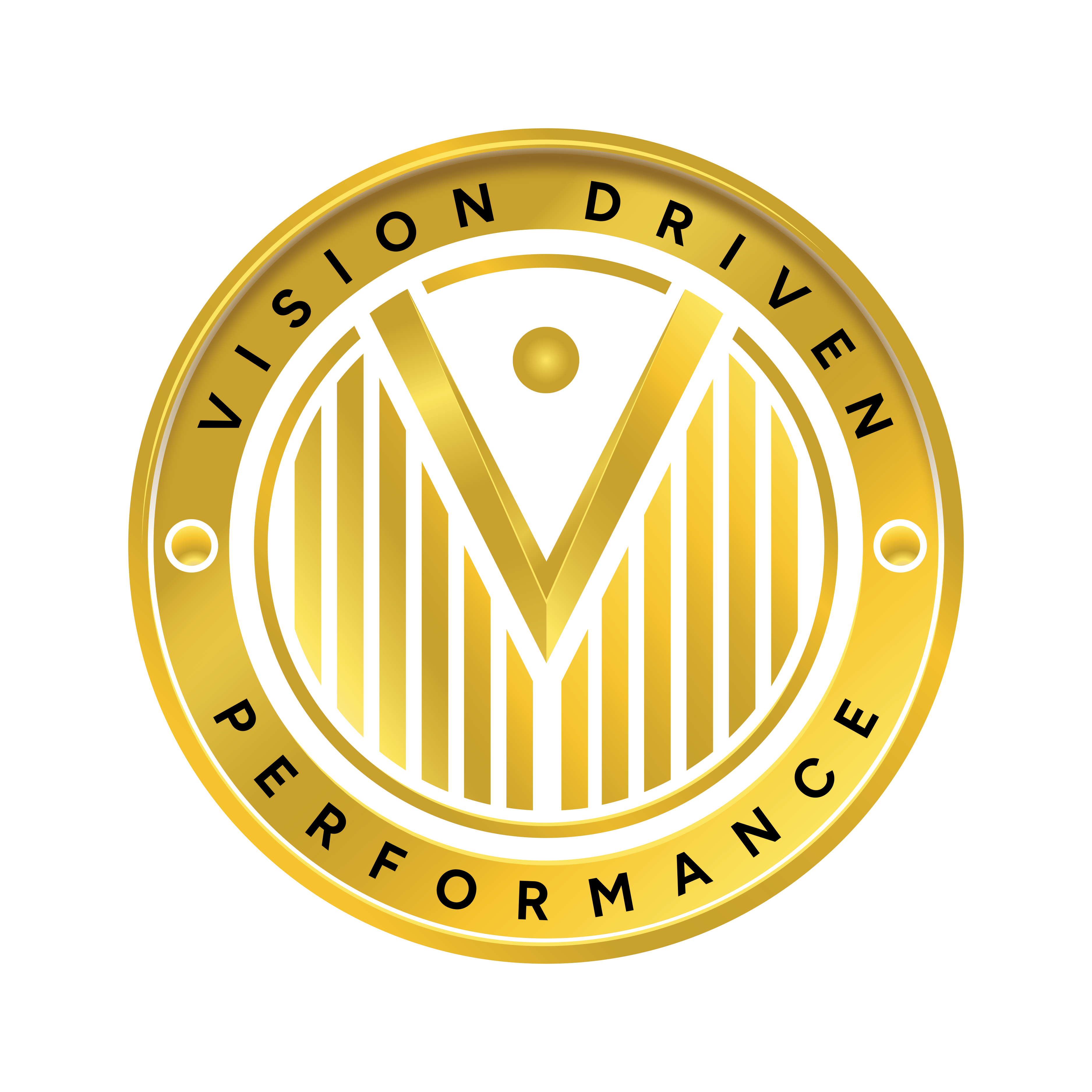The four steps of the business process refer to a systematic approach to managing and improving business operations. These steps are commonly known as the Plan-Do-Check-Act (PDCA) cycle or the Deming cycle.
Here’s a breakdown of each step…
- Plan
- The first step is planning, where the business identifies its objectives and goals, defines the processes needed to achieve them, and develops strategies and action plans. During this stage, businesses conduct research, analyze data, establish performance metrics, and allocate resources effectively. Planning sets the foundation for the entire business process by outlining what needs to be accomplished and how it will be done.
- Do
- The second step is execution, where the business implements the plans and processes developed during the planning stage. This involves carrying out the activities outlined in the action plans, deploying resources, and executing tasks according to established procedures. The “Do” step focuses on putting the planned strategies into action, ensuring that work is completed efficiently and effectively.
- Check
- The third step is evaluation, where the business monitors and evaluates the performance of the implemented processes and activities. This involves measuring key performance indicators (KPIs), collecting data, analyzing results, and comparing actual performance against planned objectives. The “Check” step helps identify any deviations, inefficiencies, or areas for improvement in the business operations.
- Act
- The fourth step is adjustment, where the business takes corrective actions and makes necessary improvements based on the findings from the evaluation stage. This may involve implementing changes to processes, procedures, or resource allocations to address identified issues and optimize performance. The “Act” step closes the feedback loop by incorporating lessons learned and continuously improving the business processes to achieve better outcomes.
By following the Plan-Do-Check-Act cycle, businesses can systematically plan, execute, evaluate, and improve their operations to drive efficiency, effectiveness, and continuous improvement. This iterative approach fosters a culture of learning, innovation, and adaptability, allowing businesses to respond to changing market conditions and customer needs effectively.




